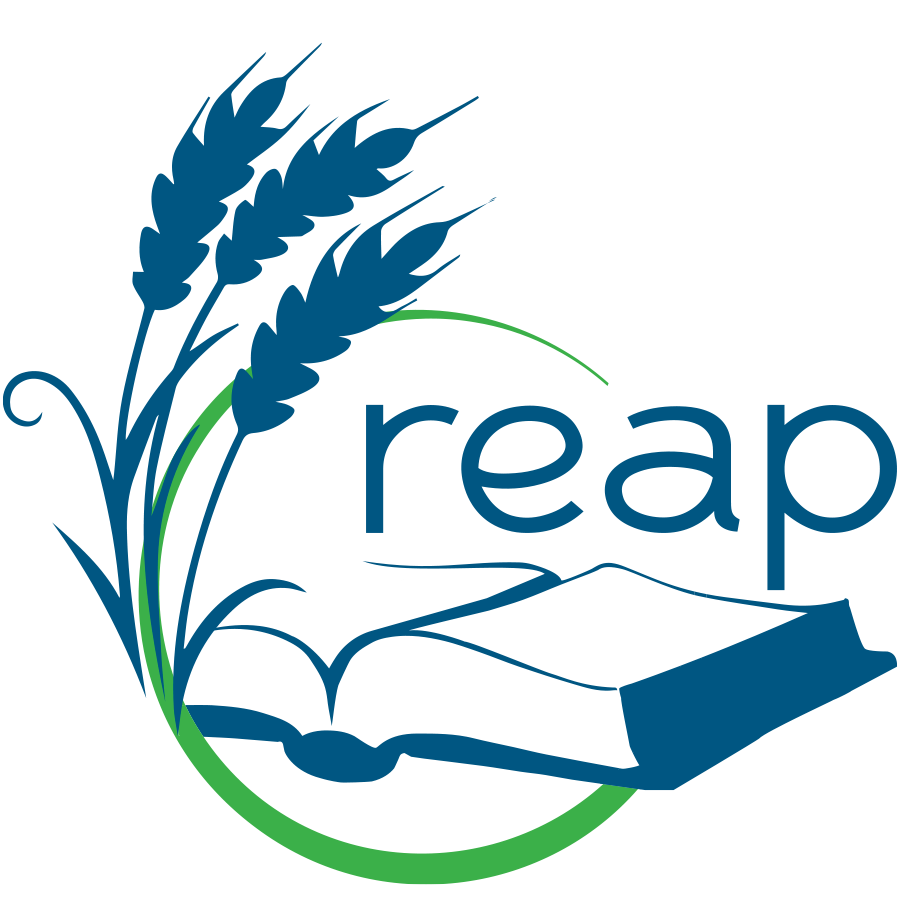A Well-Functioning Board is Paramount (Cultivating a Thriving Christian School Series – Pt. 2)
Cultivating a Thriving Christian School Series: Addressing major components for institutional health in Christian schools
By Ron Klein
In their 2015 article, “13 Critical Issues Killing Christian Schools,” The Christian Post lists “the school board is weak” as the number one issue. Over the past few years of our RenewaNation revitalization work with Christian schools, we have found this to be the case across most of the schools we engage with.
Healthy Christian schools have effective school boards. Poor board governance leads to mission drift, recurring financial and enrollment problems, and often, high turnover for the head of school. During our revitalization consulting, one of the first actions we take during the school assessment visit is to interact with the school board members. Are they cohesive, or is there tension among them? Does the board consist of members with disparate professional backgrounds? Are there concerns about operational matters or what kind of school they’ll be in five years? Do they conduct an annual retreat to assess progress and set long-term goals? How are new board members selected, and how are they introduced to their board responsibilities?
Christian schools often start with the initiative of a few parents. They begin with a pre-k and kindergarten class. Each year, one more grade is added. Similar to a business start-up, everyone pitches in to help with the school needs. There’s little time or need for long-term planning. However, as the school continues to grow, it becomes an organization that requires facilities management, banking relationships, employee policies, risk management, admissions policies, and the means to assess progress toward goals.
Recurring School Problems are the Result of Board Failures
The school board has two foundational responsibilities to (A) hire, oversee, and replace the head of school and (B) ensure the long-term health of the school. If the head of school isn’t the right leader, this is a school board failure. If year after year, the school has the same enrollment or financial challenges, this is a school board not meeting its responsibility. These responsibilities include establishing a viable donor development program, tracking student academic outcomes, ensuring a vibrant spiritual culture, re-enrollment rates, admissions standards, and making decisions that drive long-term financial viability.
Board Member Selection
Board governance research supports the finding that the optimal board size is five to nine. Smaller boards don’t have access to a breadth of expertise, and one or two individuals have too much influence. Larger boards often result in excessive meeting times and intrusive engagement in operational matters.
The composition of the board should ensure a diversity of experience and backgrounds including business entrepreneurs, ministry leaders, financial advisors, and respected, engaged community advocates, all of which have high integrity and a strong affinity for the Christian school and its viability. Often, Christian school boards are largely populated by former educators or school leaders. Too many educators on a Christian school board can create disunity in philosophy, a tendency to drive operational matters, and the lack of diverse perspectives needed to think strategically about the future of the Christian school.
Ideal board members have experience tracking and addressing the overall viability of organizations. This includes aspects such as quality control, adherence to policies, measuring outcomes to previously set objectives, adapting to changes in technology and competitors, customer satisfaction, aligning the requisite resources to changing priorities, compliance, fact-based decision making, working in teams, and promptly detecting and responding to emerging revenue and profit margin trends. Board members must wrestle with difficult decisions and take decisive actions in a timely manner. Recruit board members that can manage conflict and deal with weighty challenges such as declining enrollment, deteriorating neighborhood demographics, and decreasing academic scores.
School Board President
The school board president is a critical position, perhaps as crucial as the head of school. Smaller schools, often in rural areas, have access to fewer experienced leaders. Consequently, when a strong board president is identified, consider retaining this individual multiple terms, perhaps even beyond specified term limitations. Conversely, mid-size and larger schools in urban areas generally have access to several experienced leaders. In these schools, it is generally preferable to rotate the school board president. This relieves one person from a decade or more of substantial workload, and it lessens the risk that a single individual is too influential in determining the course of the school.
School Board Policies and Practices
Christian school boards need documented policies that are adhered to and supported. These include agreement with the Statement of Faith, signed conflict of interest statements, an annual calendar of required board actions, board member selection and terms, and an orientation for new board members. Board practices should include an annual meeting to review progress to previously established goals, update the strategic plan, and assess the performance of the head of school. Each summer, the board needs to provide the head of school with written expectations that are reviewed at the conclusion of the school year with a written performance evaluation against those criteria.
Annual Goals
What kind of school do you want to be in ten years? The school board needs to answer this question and update its strategic plan accordingly. Then, within this context, what are the four to six goals the school will pursue this year? What are the resources required to achieve these goals? What are the objective outcome measures that will allow the board to determine if the goals were met? This exercise necessitates decisions about what will not be pursued, at least not this year. It’s important to differentiate activity from accomplishment. Whenever feasible, the board needs to determine desired outcomes rather than prescribe inputs.
Annual Report Card
Board members need standardized, recurring information to track school performance. What is the five-year trend of tuition losses (i.e., bad debt)? How many of the students who take AP classes achieve qualifying scores? When was the last time the school had a comprehensive review of their insurance coverage? Without this practice, boards devolve into two errors. The most prevalent tendency is for boards to become engaged in operational matters. This strips the head of school of authority and prevents the board from being able to hold the head of school accountable for results. Secondly, the board is unable to detect declines until they become much more difficult to address. The regular use of an annual report card helps the board focus its attention on the consequential matters.
Common Errors
Boards often intrude into operational matters while overlooking their strategic responsibilities. They respond to current matters rather than setting and steering the school toward the destination. It’s common for board members to let their parental interests override the school’s best interests. Boards don’t hold an annual retreat where they update the strategic plan and provide the head of school with specific goals and a written assessment of his or her previous year’s performance. An especially insidious error is when boards don’t promptly and quickly address a disruptive board member. This frequently results in head of school turnover, which precludes continuity with donors, teachers, and students. When boards do set goals, they often identify too many. Strategic planning involves focusing scarce resources on the most impactful priorities to drive the school forward, which also means determining which priorities will not be worked on the next school year.
Summary
Developing an effective board takes considerable time. It’s rarely feasible to enact abrupt changes to the number of board members or wholesale replacement. There are no quick fixes on the journey to becoming a high-performing Christian school. This applies to the school board as well. Rebuilding a school board with a strong diversity of backgrounds and high affinity for the school will take time. Developing an annual calendar, soliciting useful financial analytics to set tuition, establishing an annual school report card, and conducting effective strategic planning on an annual interval are critical responsibilities for the board. The fruits of these best practices will be cultivated over multiple years. Without these efforts, however, it’s rare for a school to excel and reach long-term sustainability.




